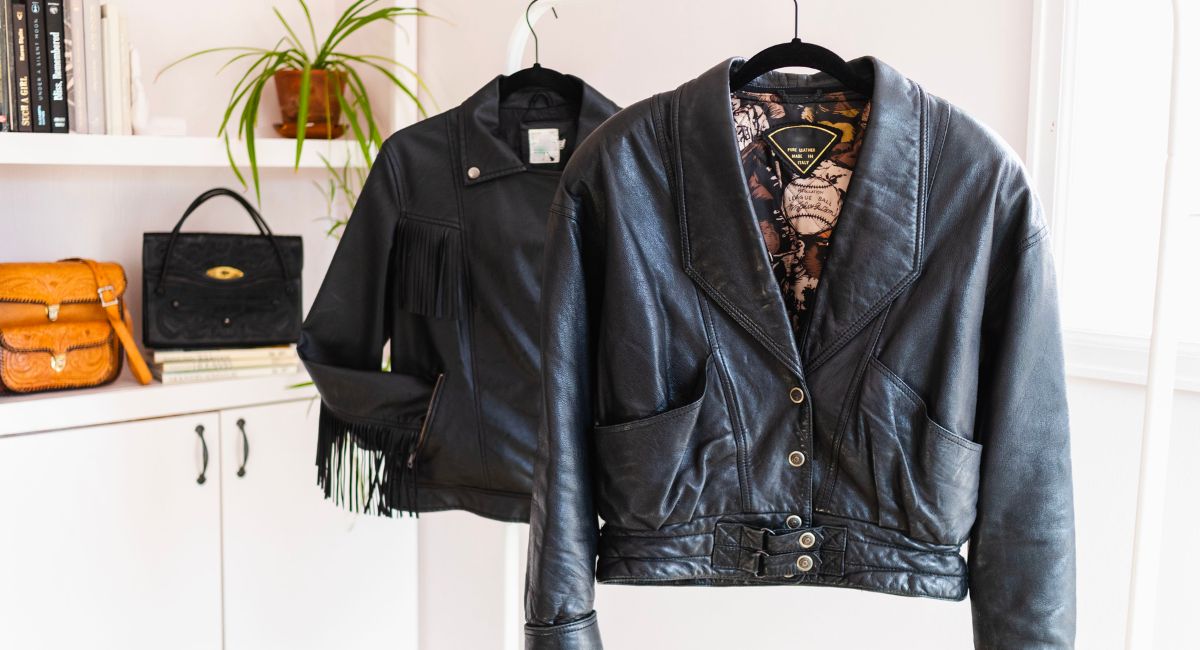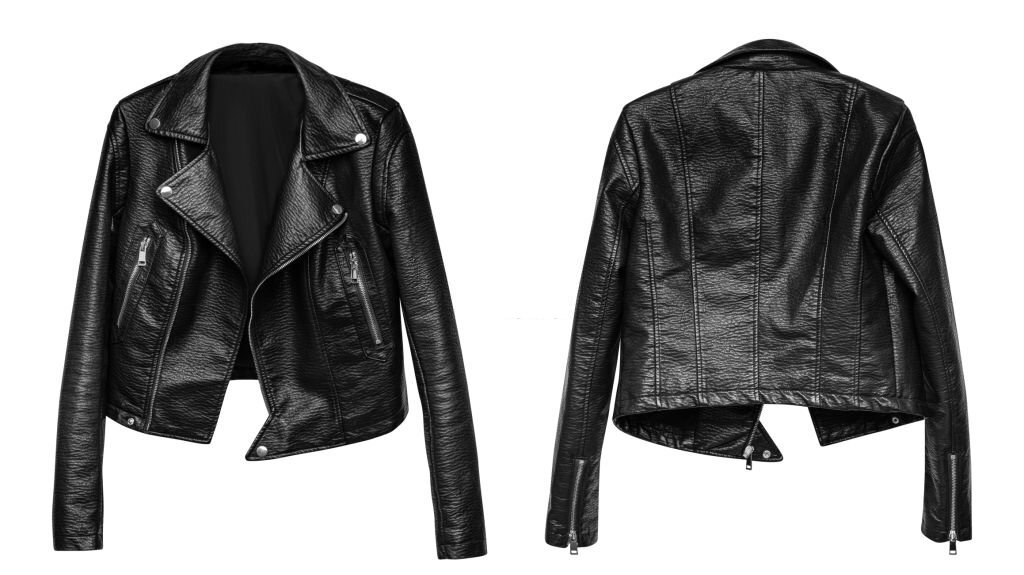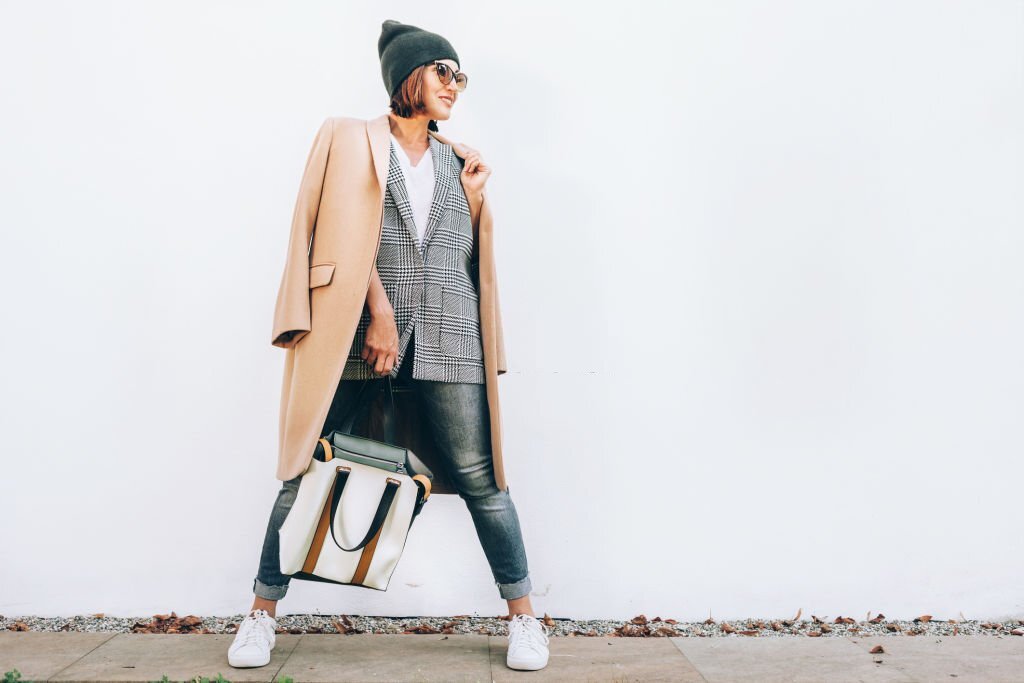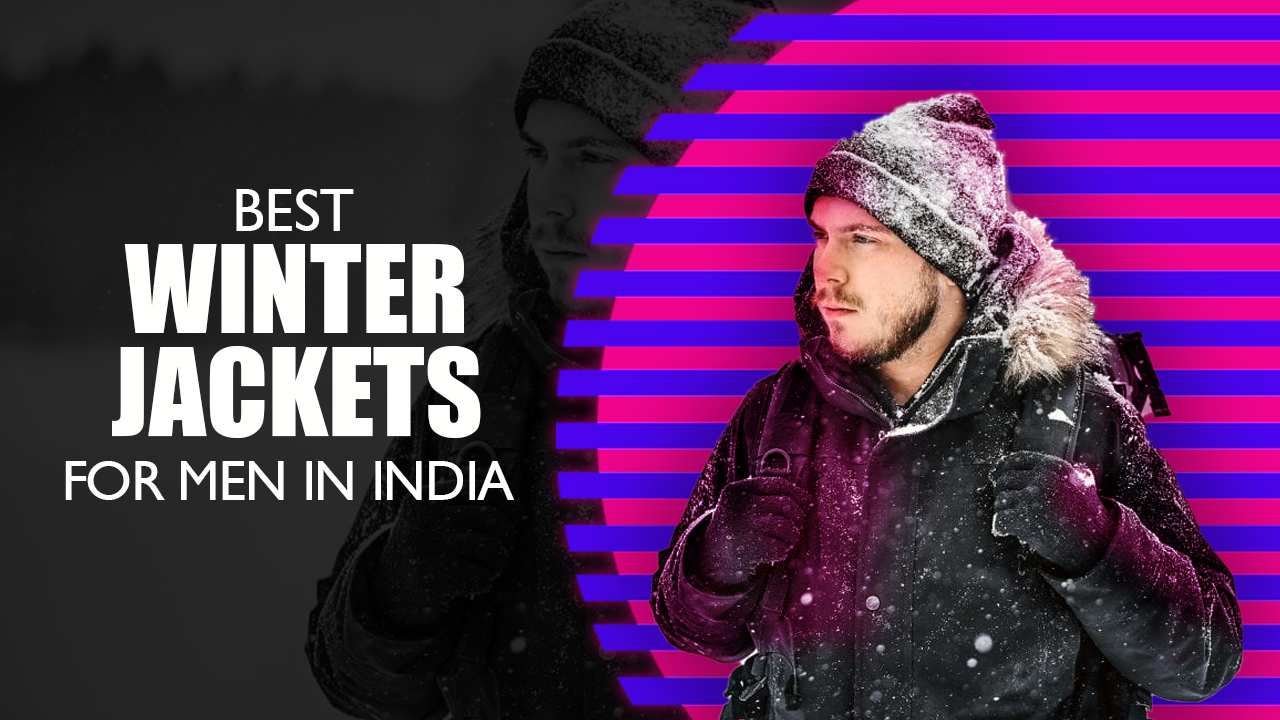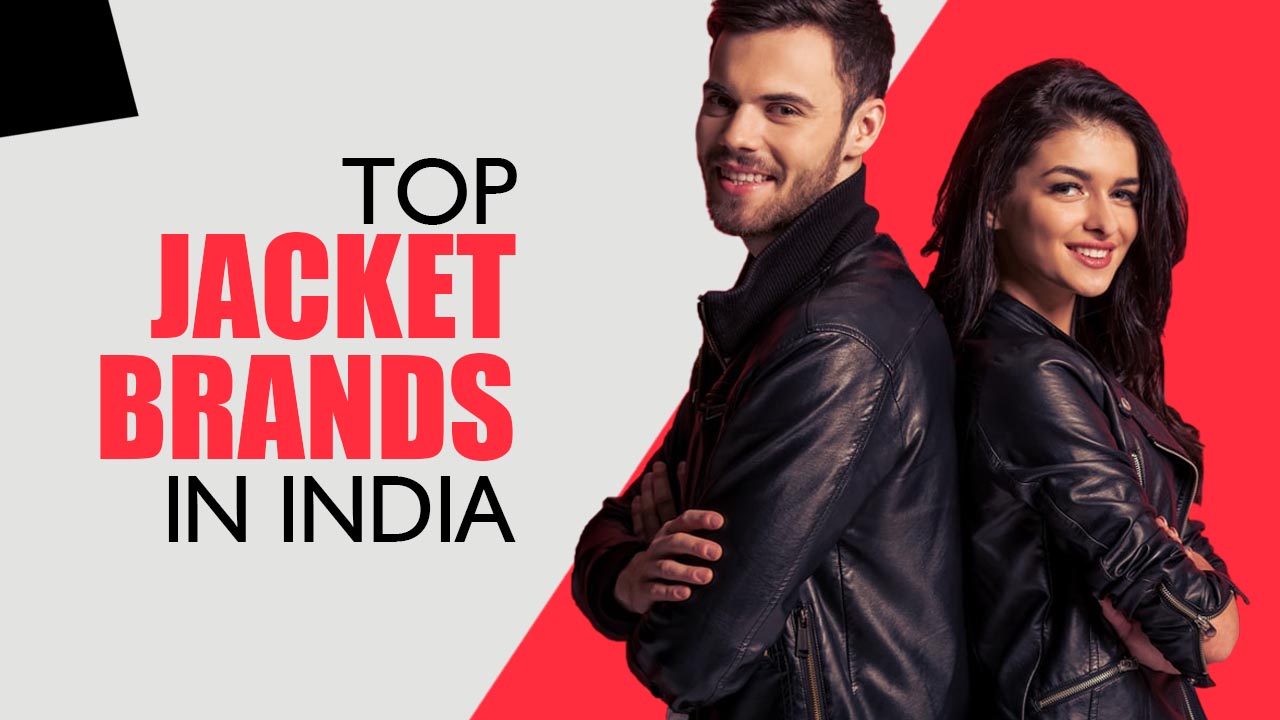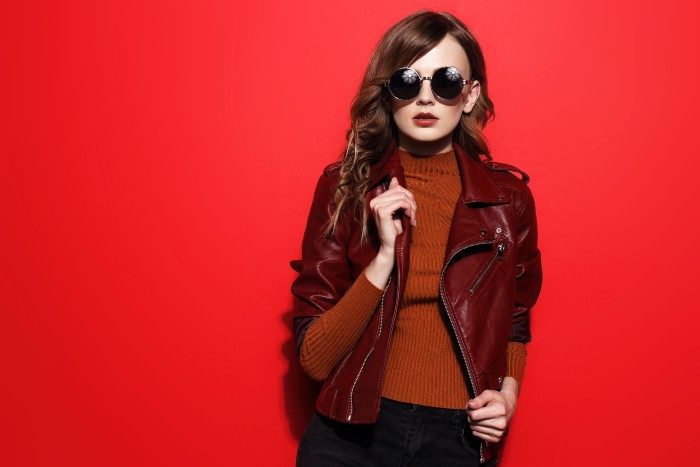If you’re shopping for a new fashion piece for the winter, a jacket buying guide is exactly what you need. Jackets are an accessory that are pertinent to winter fashion that you can use for several years. However, to purchase the right new jacket for yourself you must know some basic features of jackets to keep in mind when purchasing.
If you’re looking for a new jacket this season, you’ve come to the right place. In this guide, we’ll take a look at some of the things to consider when buying a jacket, from style to functionality. When it comes to style, there are many different types of jackets to choose from and in the blog below we bring to you a jacket buying guide to help you purchase the perfect apparel for you!
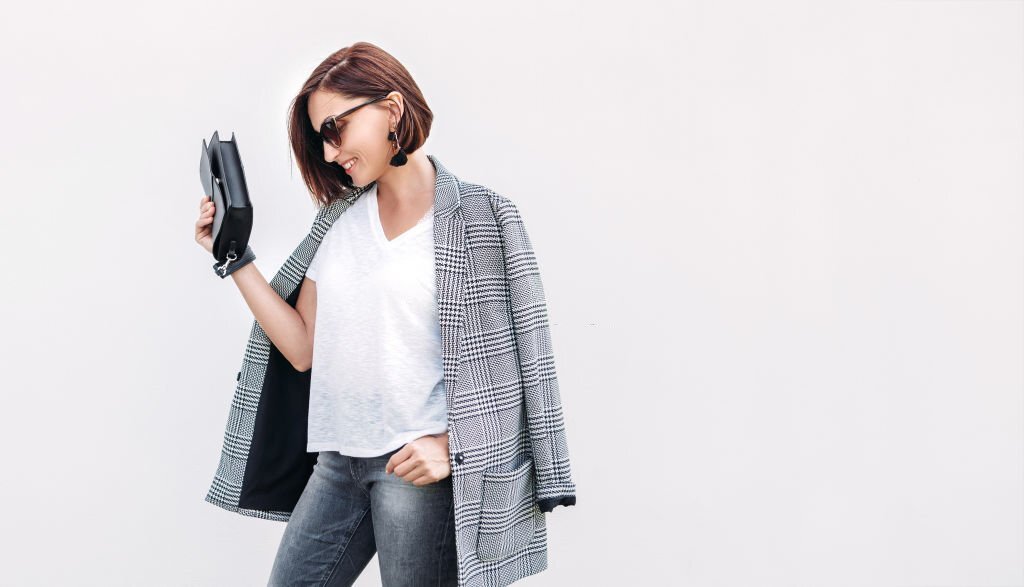
Jacket Buying Guide – Finding the Right Fit
Considering how many choices there are in modern marketplaces when it comes to purchasing new clothes, how do you find the right garment for yourself? This is exactly the question we shall tackle through our jacket buying guide so you can find the right fit for you out of the top jacket brands in the country!
Weight of Jacket
It’s a nice thing to have a coat made wholly or mostly of wool, but it’s not always enough. When the temperature is near or below 0°, a thin 100% wool coat won’t keep you that warm. The amount of warmth the material will provide you with greatly depends on its weight. Additionally, a material’s thickness has an impact on how much it costs.
We can locate jackets with weights ranging from single to double, just to give you an idea. An insulating coat is substantial and thick. You experience a “armour against the cold” aspect after putting it on. If you purchase your coat in person, you can naturally touch it and check the thickness on your shoulders during the fitting. On the other hand, it is less visible when you shop online.
If weight is not specified, you must rely on the images, which may help you determine the thickness. Or you’ll need to get more information by speaking with the brand.
If weight is given, refer to the following:
- >400 g/m2: heavy weight
- 350-400 g/m2: medium to heavyweight
- 300-350 g/m2: medium weight
- <300 g/m2: lightweight
Additionally, some brands will mix the two and refer to square metres when they are actually talking about linear metres. Put simply:
- A square metre is 1 m by 1 m.
- The greater surface that a linear metre represents is approximately 1m*1m50.
- Because of this, a weight per square metre is lighter than a weight per linear metre.
- For illustration, 350 grammes per square metre (g/m2) is equal to 520 grammes per linear metre (500g/ml) in weight.
Quality of Weave
Next in the jacket buying guide we address the quality of the weave. Although some clothes are softer than others and vice versa, it makes no difference. Chemical agents can be used to soften the material while, on the contrary, a relatively rough and rigid sheet is often the result of a high density.
However, not always! A coat mostly constructed of synthetic materials can also be described as rough. Just keep in mind that touch won’t be a deciding factor. Priority should be given to reading the label’s composition, followed by examining the fabric’s aesthetic appearance and density.
Attention to Detail
Next in the jacket buying guide comes attention to detail! Regular seams with a holding thread are required (no fraying). You need a good fall that leaves you with a distinct silhouette. Make sure the armhole at the shoulder separates smoothly as well.
Examine the finishes as well:
- Are the buttons made of plastic or conch?
- Are they properly cross-stitched?
- Are the buttonholes adequately crafted?
I merely want to bring your attention to the liner’s case. Linings are often made of polyester, though they can also occasionally be viscose or cupro. You must keep in mind that the purpose of the lining is to make it simple to put on your coat, prevent chafing of the outside material, and conceal the internal finishes of the garment.
Instead of synthetic materials like polyester, choose linings made of artificial materials like viscose, cupro, or modal. Although it is a factor that matters, a garment’s lining is not necessarily necessary. You shouldn’t throw out a garment you enjoy just because the lining is made of polyester, for instance.
Wearing Purpose
When it comes to buying jackets, there are a few things you need to keep in mind in order to make the best purchase. First, consider what the jacket will be used for. If you need a jacket for everyday wear, look for something that is comfortable and easy to care for. If you need a jacket for outdoor activities, choose something that is durable and will protect you from the elements.
Second, think about your budget. Jackets can be expensive, so it’s important to set a realistic budget before you start shopping. Finally, take the time to try on different jackets to find the perfect fit. With these tips in mind, you’ll be sure to find the perfect jacket for your needs.
Fitting of the Jacket
When it comes to buying a jacket, there are a few things you need to keep in mind in order to make sure you get the perfect fit. Think about your body type and choose a style that will flatter your figure. If you want something that will hug your curves, try an A-line cut woollen jacket. But if you’re going for a more oversized look, go for a leather jacket or parka.
Next, make sure you choose the right size. Oversize jackets may look cute, but if they’re too big they’ll just end up looking sloppy. Lastly, keep your personal style in mind. If you want something edgy and stylish, go for a leather jacket. If you’re looking for something more classic, try a wool coat. Whatever you choose, make sure it’s something you’ll feel comfortable wearing.
Colour of Jacket
There is no doubt that black, brown and grey woollen jackets look great. They are perfect for formal occasions and can be easily dressed up or down. However, if you want to add a touch of colour to your outfit, there are plenty of options to choose from.
Navy blue is a popular choice for woollen jackets. It is a versatile colour that can be worn for both formal and casual occasions. Burgundy is another good option if you want to add a pop of colour to your outfit. It is perfect for Autumn/Winter wear and will add a touch of sophistication to your look.
If you are looking for something a little more funky, why not try a brightly coloured woollen jacket? Yellow, green and pink are all great choices. These colours will add a fun and stylish twist to your outfit.
When choosing the colour of your woollen jacket, it is important to consider what colours compliment your skin tone. If you have a fair complexion, opt for light colours such as white, cream or pastel shades. If you have a dark complexion, you can go for darker colours such as black, brown or burgundy.
The colour of your woollen jacket should also be considered in relation to the rest of your outfit. If you are wearing a patterned shirt or dress, it is best to choose a plain coloured jacket. However, if you are wearing a plain coloured outfit, you can experiment with different coloured jackets to add some interest.
When choosing the perfect woollen jacket for your needs, it is important to consider both style and function. Choose a colour that you love and that will compliment your existing wardrobe. Consider the occasion you will be wearing the jacket for and make sure it is suitable. Most importantly, make sure you are comfortable in your jacket and that it fits well. With these guidelines in mind, you are sure to find the perfect woollen jacket for you.
So, when it comes to choosing the right colour for your woollen jacket, don’t be afraid to experiment. There are plenty of options to choose from, so you’re sure to find the perfect one for you. And, if you’re unsure of what colours compliment your skin tone, ask a friend or family member for their opinion. Continue reading our jacket buying guide to see what other features you must keep in mind.
Features

When you are on the lookout for a new jacket, there are several features that you might want to take into account. Here is a guide to some of the most popular features that jackets offer, so that you can choose the right one for you.
Pockets: Pockets are always a handy feature, whether you are carrying your phone, keys or just want a place to put your hands. Some jackets will have pockets on the inside as well as the outside, giving you even more options for storage.
Hoods: A hood can be a great addition to a jacket, especially if you live in an area with lots of rainfall. It can also protect your head and face from the wind.
Belts: Belts can be a great way to cinch in a jacket at the waist, creating a more flattering silhouette. They can also be useful for keeping your jacket closed in windy conditions.
Waterproofing: If you live in an area with lots of rain or snow, waterproofing is a valuable feature to look for in a jacket. Waterproof jackets are often made from materials such as Gore-Tex, which is specially designed to repel water.
Insulation: If you are looking for a jacket to keep you warm in cold weather, insulation is an important feature to look for. Jackets with down fill are particularly good at trapping heat, making them ideal for chilly temperatures.
These are just a few of the many features that jackets can offer. By taking the time to consider which features are most important to you, you can be sure to choose the right jacket for your needs.
Jacket Buying Guide – Materials Used

Wool
Nothing beats a clothes made of 100% wool for warmth. It is an insulating and breathable material in addition to having a lovely appearance with deep nuance. Woolen clothing keeps you toasty outside without suffocating you inside (in transport for example). Mostly cashmere or wool from sheep is used on the coats. Alpaca, yak, and mohair wool are more uncommon. The cost of coats constructed from these priceless and uncommon fibres is higher; they soon top ₹10000.
Synthetics
Wool works well. However, there are a lot of coats available on the market that are not made entirely of wool. They will contain synthetic materials like polyester, polyamide, or acrylic in their composition.
Synthetic-filled coats are not advised.
Or with little synthetic, try to use as much wool as possible. between 75% and 80%. Synthetic is less expensive than wool but has worse qualities and a less appealing appearance. To put it another way, a coat with too much synthetic material won’t keep you as warm and won’t be as breathable.
Therefore, you run the risk of perspiring when moving from a chilly to a hot environment (metro, bus, buildings), or when you are out on the street. Wool blend coats priced under $10,000 must therefore compromise with:
> A reasonably acceptable raw material with little to no real wool.
> A product that contains flaws
> Labour that is underpaid
Synthetic materials offer higher resilience and other qualities that natural fabrics like wool or cotton do not naturally possess when it comes to down coats or parkas. The most prominent illustration is improved water resistance (water repellency and impermeability).
But take note—we’re not talking about cheap clothing made with polyester to save money—we’re talking about technological clothing made of synthetic materials with high added value, like Norwegian Rain (microfibers, Teflon treatments, nanomaterials, micro cells, etc.).
One of the few situations in which synthetic materials can actually be interesting is in the technical realm.
The technological fabric on the outside of these clothes is insufficient to keep you warm during cold weather. This is made feasible by the potential existence of internal padding, which may be made of wadding or feathers.
For this reason, we make a distinction between warmer technical clothing with padding that is appropriate for winter and lighter technical clothing that is good for mid-season.
Cotton
Cotton is typically used to make raincoats like the trench coat and the Mackintosh. a cotton that has a rubber covering to make it waterproof.
Up actuality, the coating serves to waterproof the fabric by filling in the tiny spaces between the warp and weft threads with a coating that is invisible to the naked eye. Through this procedure, cotton becomes water resistant. On wool, it is a method that is infrequently used because it is more challenging to master.
Heather and Shearling
What could be cosier in a chilly climate than tossing on a nice leather jacket? In addition to being insulating, leather is also very windproof. Two categories of leather jackets exist:
Traditional leather jackets are made of leather on the outside and a lining on the inside, much like any other coat or jacket. On the other hand, Sheepskin is a type of leather jacket that has been kept so that it still has some of the wool from the animal. The ideal material for keeping warm in the cold has always been shearling. Sheep have curly fur, whereas lambs have unmatched silky fur. This item is noble, uncommon, and a smart investment.
Jacket Buying Guide – Different Jacket Styles
There are several different types of jacket styles available to customers including:
Tweed Jacket
Varsity Jacket
Down Jacket
Peacoat
Bomber Jacket
Wind Cheater
Parka
Moto Jacket
Overcoat
Waxed Canvas Jacket
Trench Coat
Quilted Jacket
Jacket Buying Guide – Based on Occasion
When it comes to jackets, there are many different options to choose from as seen in the jacket buying guide above. Depending on the occasion, you’ll want to make sure you’re purchasing the right jacket to keep you warm, dry, and stylish. Here’s a guide to help you select the perfect jacket for any event.
Leather Jacket: A leather jacket is a great choice for a night out or a casual dinner. It can also be dressed up with the right accessories.
Puffer Jacket: A puffer jacket is perfect for cold weather activities or days spent outdoors. They’re also great for layering under a coat on particularly chilly days.
Colourful Blazer: A colourful blazer is a fun option for any event where you want to make a statement. They can be dressed up or down and are perfect for adding a pop of colour to any outfit.
Denim Jacket: A denim jacket is a versatile piece that can be worn on its own or as part of a layering system. They’re perfect for casual outings or days spent running errands.
Raincoat: A raincoat is essential for any event where there’s a chance of rain. They come in a variety of styles and can be paired with any outfit.
Jacket Buying Guide – FAQs
How to pick the right jacket for you?
If you’re on the shorter side, look for jackets that sit at or just below the hip. This will help create the illusion of a longer silhouette.
If you’re broader in the shoulders, go for a jacket with structured detailing or padding to balance out your proportions.
If you want to add some curves to your look, look for jackets with nipped-in waists and/or ruching at the sides.
To understand which kind of jacket is best for you, be sure to read our jacket buying guide above!
How to pick the right jacket size for yourself?
Think about the climate you’ll be spending most of your time in.
If you’re looking for something practical and functional, then a parka or anorak might be your best bet.
If you’re wanting something a bit more stylish, then a pea coat or duffle jacket might be more up your alley.
Keep in mind the price range you’re comfortable with. Jackets can range anywhere from a few hundred dollars to upwards of a thousand, so it’s important to find something that fits both your needs and your budget.
Jacket Buying Guide – Conclusion
In the blog above, we’ve looked at a few key things in our jacket buying guide to keep in mind when purchasing a new jacket. But ultimately, the best way to find the perfect jacket is to try on a bunch of different styles and see what looks and feels best on you. So go out and hit the stores – or shop online – and enjoy finding your new favorite jacket!
